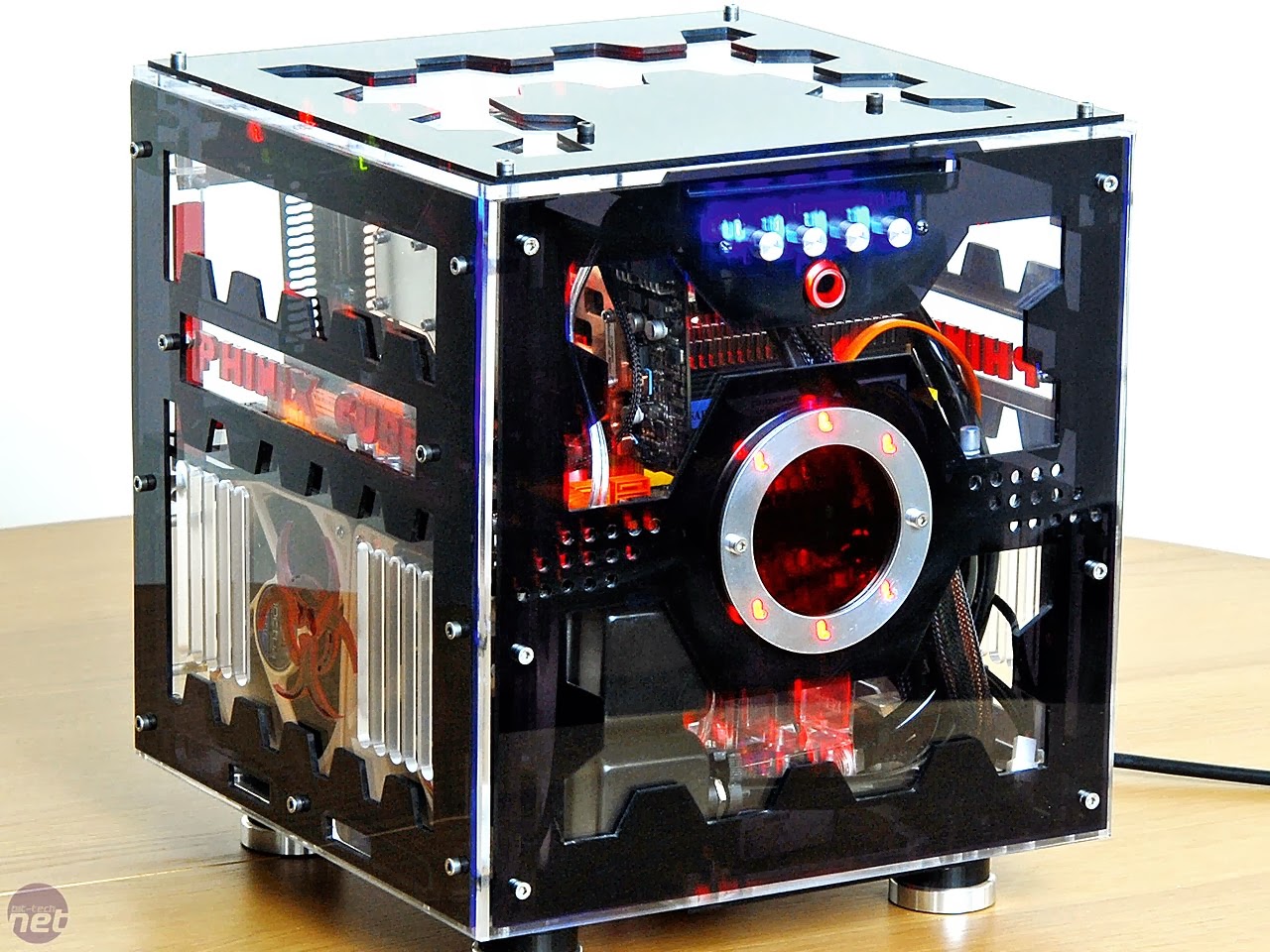PC modding, short for personal computer modification, is an exciting and creative way to personalize your computer. Whether you're improving performance, changing aesthetics, or both, PC modding allows enthusiasts to build a machine that is not only functional but also a unique expression of their style and needs. From custom cooling systems to LED lighting and transparent cases, the possibilities are endless.
For many, PC modding is more than just a hobby—it's a passion. It combines technical expertise with artistic expression, offering the perfect blend of engineering and design. In recent years, the PC modding community has grown exponentially, fueled by social media platforms, gaming culture, and the increasing accessibility of modding tools and components. Whether you're a beginner or a seasoned expert, the world of PC mods has something to offer everyone.
In this comprehensive guide, we’ll explore everything you need to know about PC mods, from the basics to advanced techniques, as well as answering key questions and outlining the best practices for successful modifications. So, gear up, grab your toolkit, and let’s dive into the exciting world of PC modding!
Table of Contents
- What is PC Mod?
- Why Should You Mod Your PC?
- Essential Tools for PC Modding
- Types of PC Mods
- How to Get Started with PC Modding?
- Choosing the Right Components
- Step-by-Step Guide to Building a Custom PC Case
- What Are the Common Mistakes in PC Modding?
- Advanced Modding Techniques
- Maintaining Your Modded PC
- Are PC Mods Worth the Investment?
- Legal and Warranty Considerations
- PC Modding Communities and Resources
- FAQs
- Conclusion
What is PC Mod?
PC modding refers to the process of altering or enhancing a computer's hardware, software, or overall aesthetic appearance. It is a way to make your computer stand out, improve its performance, or tailor it to your personal preferences. Modding can range from simple changes, like adding LED lights or custom stickers, to more complex modifications, such as installing liquid cooling systems or fabricating entirely new cases.
PC modding isn’t limited to enthusiasts and experts; it has become more accessible to beginners thanks to the availability of tutorials, tools, and modding kits. Whether you're looking to create a gaming beast or a sleek workstation, PC modding offers endless opportunities for customization.
Why Should You Mod Your PC?
What are the benefits of PC modding?
There are several benefits to modding your PC, which include:
- Improved Performance: By upgrading components like the CPU, GPU, and cooling system, you can significantly enhance your PC’s speed and efficiency.
- Personalization: Create a PC that reflects your personality and style with custom colors, lighting, and designs.
- Longevity: High-quality modifications can extend the lifespan of your computer by improving cooling and airflow.
- Enhanced Aesthetics: A modded PC can be a work of art, featuring sleek designs, RGB lighting, and unique cases.
Is PC modding suitable for everyone?
PC modding can be suitable for almost anyone, but it depends on your goals and level of expertise. Beginners may want to start with simple modifications, such as adding RGB lighting or upgrading fans, while experienced enthusiasts might tackle complex projects like custom water cooling loops or scratch-built cases. The key is to start small, learn the basics, and gradually take on more ambitious mods as your skills grow.
Essential Tools for PC Modding
Before diving into your first modding project, it's important to gather the right tools. Here’s a list of essential tools for PC modding:
- Screwdrivers: A set of precision screwdrivers is critical for assembling and disassembling components.
- Cable Management Tools: Cable ties, Velcro straps, and cable combs help keep your build neat and organized.
- Cutting Tools: A Dremel tool or jigsaw is useful for cutting and modifying cases.
- Paint and Brushes: For custom paint jobs, choose paints specifically designed for metal or plastic surfaces.
- Thermal Paste: Essential for reseating CPUs or GPUs to improve heat dissipation.
- Lighting Kits: RGB or ARGB lighting kits can add a vibrant touch to your build.
Types of PC Mods
Performance Modifications
Performance mods focus on enhancing your PC’s functionality. Common examples include:
- Installing liquid cooling systems for better thermal management.
- Upgrading storage to SSDs for faster data access.
- Overclocking CPUs and GPUs for improved speed.
Aesthetic Modifications
Aesthetic mods are all about making your PC look amazing. Popular choices include:
- Adding RGB lighting for vibrant visuals.
- Custom-painted cases to match your personal style.
- Transparent or tempered glass panels for showcasing internal components.
How to Get Started with PC Modding?
Starting your PC modding journey can be intimidating, but with the right approach, it’s easier than you think. Follow these steps:
- Research and plan your mods thoroughly.
- Start with small projects to build confidence.
- Join online communities to learn from experienced modders.
- Invest in quality tools and components.
Article Recommendations
- Unveiling The Salt Trick For Penis Enlargement Myth Or Reality
- George Clooneys Twins Born With Down Syndrome A Heartwarming Story Of Love And Acceptance
- Exploring Kannada Movierulzcom A Gateway To Kannada Cinema

